|
Wowza, it’s heating up outside! Summertime in (and around) the city presents different issues for snakes. Many people may wonder where all the rattlesnakes are at. Well, it’s a great question to ask and an important one to think about. Don’t worry, the rattlesnakes and harmless snakes are still here and doing their jobs. 😉 Prairie Rattlesnakes (pictured above; aka “nope-ropes” and “buzz tails”) are now more active overnight, or perhaps even late in the day and early morning. Like us, it’s just too hot to be active during the heat of the day. Great, no issues then, right? Well, not necessarily.Overnight, rattlesnakes may hunt for their favorite prey items, which are mostly rodents. If there is considerable rodent activity around your home, then a rattlesnake may find itself near there the area. Be mindful of rattlesnakes seeking cooler areas and prey in places like garages, underneath home foundations and sheds, and near water features. It’s very likely that an area that was snake-free in the evening could now have a snake in the morning. It may stay in this cool place to avoid the heat of the day before moving on again. What can you do?
Do you have a plan if you or your pet is bitten by a rattlesnake? For people we recommend following CDC instructions, which we simplify below:
Of course, there are many other kinds of harmless snakes living and working in this area. More common ones encountered are Bullsnakes, Racers, and Gartersnakes (pictured below). -Photos by Matt Cage and Adaptation Environmental Services Bullsnake (below) Yellow-bellied racer (above) Wandering Gartersnake (below) How do you know if a snake is harmless? Use multiple characteristics to help determine this!
Harmless snakes:
Regardless, we love snakes! You don’t have to. Now you have options. Need us to help identify a snake in a photograph for you? Share it with us on Facebook or Instagram!
1 Comment
Rattlesnake safety is essential if you live or spend time in Colorado, especially in the foothills! Unfortunately, our dogs often encounter rattlesnakes. It is natural for them to inspect and sniff out new smells!
It is best to keep your dog on leash while hiking or walking in the foothills. This can prevent an unpleasant rattlesnake encounter. Prevention is key here: rattlesnakes are an essential part of the Colorado ecosystem so it is extremely important to learn how to keep yourself and your pets safe while letting the snake be happy and healthy in its natural habitat. Accidents do happen, so here’s what to look for while inspecting your dog for a rattlesnake bite and what to do if it gets bitten! Signs that your dog was bitten by a rattlesnake:
If your pup gets bitten:
DO NOT:
Though we are lucky to be living near wildlife, it can be scary and unpredictable to come into contact with animals, especially rattlesnakes. It can also feel extremely devastating to watch your beloved dog get hurt. Remember to breathe, to be proactive rather than reactive. Keep your dog on a leash. Stay safe and enjoy nature! What to do if you encounter a rattlesnake while hiking Imagine this- you are hiking in the foothills, your earbuds are in and your favorite summertime jam just came on! Your dog is ecstatic to be outside and is running circles around you. Basically, your day so far, is perfect! Then, you hear your dog barking up a storm. Something is not right. You pull out your earbuds and start running towards your pup. Low and behold, there’s a snake, basking in the sun, right in the middle of the trail. You can’t quite tell if it’s a rattlesnake; you’re a bit too far from it and besides the rattle, you’re not really sure what to look for. Panic slowly sets in and your dog is now inches away from the snake’s head still barking and seemingly wound up. Terrifying, right? This does not have to be you. There are a number of simple things you can do in order to better protect you and your loved ones from a rattlesnake encounter while hiking. We have compiled a list of simple things to do before and during your hike in order to stay safe on our beautiful Colorado trails! Preparing for your hike:
During your hike:
If you see a snake:
There are many ways to tell a rattlesnake apart from other types of snakes. We will certainly cover those ways in our later blogs. However, we recommend using the above practices for ALL snakes that you encounter in Colorado, just in case! Prairie Rattlesnakes are the only type of venomous snake species in Colorado. However, just because you don’t see a rattle, doesn’t mean it’s not there. Many people make mistakes when faced with a wildlife encounter. Follow the simple rules above, stay safe, and most importantly… enjoy nature! -Adaptation Team Photos by No Coast Photography
The sun is out and temperatures are finally getting warmer. It’s springtime in Denver, which means it’s time for outdoor activities. I’m excited to be able to go hiking without wearing at least three layers. The thing is... we aren’t the only animals excited for warmer weather. What do I mean? Lots of animals enjoy warmer weather and like to take advantage of the sun just like we do, and this includes the Prairie Rattlesnake. Reminder, the Prairie Rattlesnake is the only dangerously venomous snake to live along the Colorado Front Range. So while rattlesnakes can seem scary and dangerous, it’s important to remember that they prefer to not be seen and heard…and only make themselves known when they feel threatened. It may seem like all of a sudden more and more rattlesnakes are being seen everywhere. This is partially true, since Prairie Rattlesnakes are starting to emerge from their winter dens and will be doing so starting now and into the next 4 weeks. They like to hang out on trails and rocks since these surfaces tend to retain more heat compared to other surfaces. Because of this, don’t be alarmed if you see a snake hanging out on a trail. The best thing to do, always, is to leave it alone and allow it to move on. If you need to get around, leave at least four feet between you and the snake and be cautious of other snakes that make be in the area. A Prairie Rattlesnake seen in the road. This will be a common sighting during the day, especially in the next 4 weeks. As it gets hotter, rattlesnake activity will eventually increase during the night time. Prairie Rattlesnake Research with the National Renewable Energy Laboratory (NREL) With summer comes more research opportunities! This summer, we are partnering with NREL to provide high quality snake handling training, similar to what a zoo keeper staff would have, so snakes that are found near buildings and walkways can be handled safely. A rattlesnake being tubed and held by a volunteer. Rattlesnakes are tubed in order to handle them safely without harming the snakes or people. We will also be continuing our research with rattlesnakes on South Table Mountain. We will be locating snakes that currently have radio transmitters on the NREL campus in order to better understand snake survival and movement when they are relocated. We will also be looking for sensitive habitat so that NREL can help manage these locations. Volunteer Craig and Project Lead Bryon spot a rattlesnake for potential capture. Our first date out in the field was April 7th, 2019. We successfully captured and inserted PIT-tags in five snakes that will allow us to determine if snakes found on campus are repeat offenders or the activity is at random. Successful capture of a Prairie Rattlesnake. They are placed in buckets to keep them safe while waiting to be processed for data. A snake is probed to determine whether it is female or male. Jefferson County Open Space (JCOS) Research 2018-2019 We are wrapping up our research with JCOS on South Table Mountain (STM) this summer. Last summer and early fall, we captured rattlesnakes and sent them to VCA Alameda East Veterinary Hospital to surgically implant radio transmitters. This allowed us to track movements and find any winter dens to help preserve and protect those areas. Knowing where rattlesnakes hibernate and prefer to hang out is important information that JCOS can use when planning for potential areas for various park amenities such as parking lots, trail connections and trailheads. We also used these opportunities to educate the public by talking to people we encountered out in the field. This summer we will be recapturing snakes that have transmitters to remove them and after this is done, the snakes will be relocated back to STM. VCA Alameda East Veterinary Hospital is partnering with us to perform the surgeries. Thank you to our volunteers and partners who made this project possible! AND FINALLY: Here are some tips for avoiding any sort of rattlesnake conflict and what to do if you or your pet gets bit. Reduce your risk of human/snake conflict
Prairie Rattlesnake First AID:
If your pet is bitten:
Prairie rattlesnake spotted on a rocky surface. Trails and rocky areas attract snakes since they tend to me warmer surfaces compared to other surfaces. Written by Norma Davenport, Lead Research Associate at Adaptation Environmental Services
If you haven’t been paying attention, the summer season is slowly shifting into fall with decreasing temperatures and shortening day lengths. Birders know about these things as they watch migrating birds moving through the state to escape cold weather. Hunters realize that elk and deer will be moving to different areas of their range to avoid deep snow. Perhaps you’ve wondered, “So what do snakes do when the cold weather season approaches?” Because snakes cannot produce their own body heat, they must find a way to stay out of freezing weather until spring. The only place available to avoid freezing is underground, and between now and October, snakes at South Table Mountain will begin the autumnal migration, a gradual movement which directs them to places they know will be below the frost line and give them protection against freezing. Most snakes enter a subterranean location by mid-November, staying put until perhaps late March, a duration of time called “hibernation”. The location where snakes reside for the winter below the frost line is termed a “hibernaculum” or “den”. Hibernacula (plural of hibernaculum) are critical to the survival of snake species living in temperate zones with cold winters. Without hibernacula, snakes would not survive to reproduce and prey on species, such as rodents, which need the pressure of snakes, birds, and mammals to keep them in check. One example of a hibernaculum with an entrance under a boulder. Note there are three rattlesnakes visible! Hibernacula are very difficult to identify without snakes present and should remain undisturbed. Photo provided by Derek Carlson --You may ask, “Now, where would a snake find a suitable subterranean hibernaculum in the vast area of their home range?” Snakes take full advantage of ways to get underground by utilizing rodent burrows of all kinds, such as those belonging to thirteen–lined ground squirrels, prairie voles, and prairie dogs, as well as subterranean passages between rocks that take them deep underground. In areas of their range where hibernacula are not found easily, snakes have learned over hundreds of years or more to use a particular location that supports survival. Up to hundreds or thousands of snakes use this hibernaculum, also known as an ancestral den. In the Front Range area of Colorado, the geologic formations that make up these mountains create large numbers of underground cavities within rocky hillsides that are easily accessed by snakes. Locating a suitable hibernaculum is then relatively simple. Young of the year juvenile snakes commonly follow the scent trail of adult snakes in the fall to discover the best routes to the hibernaculum, or they simply use the nearest rodent burrow and hope that it’s deep enough. Commonly, several different species of snakes, such as bullsnakes, rattlesnakes, garter snakes, and racer snakes occupy the same hibernaculum during the winter without conflict, and in the spring they all go their own way. With some snake species, such as rattlesnakes and garter snakes, a mild winter day may allow a few individuals to surface at the hibernaculum opening and enjoy the warm sun without exposing themselves totally to predators. Otherwise, most snakes remain underground and out of sight until the warming days of spring begin to heat the soil and rocks, which eventually warms the interior of the hibernaculum and out they come! Stay safe on the trails as rattlesnakes begin to move to their hibernacula! Photo by Ryan Borgmann What should you do if you encounter a rattlesnake on a trail?
What should you do if you are bitten by a rattlesnake?
How should you protect your dog?
-Bryon Shipley |
Rattler TattlerAuthorsAdaptation Environmental Team: Bryon, Joe, and Kelly Categories
All
Archives
July 2023
|
|
Copyright © Adaptation Environmental Services L.L.C. circa 2012
|
Denver, Colorado
|

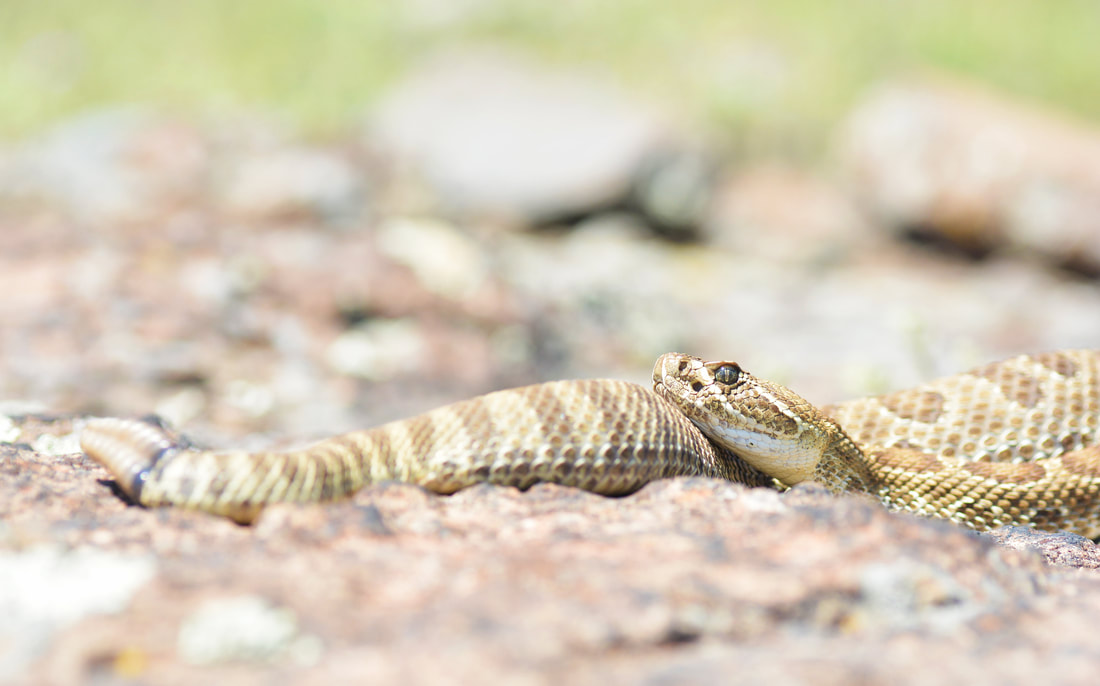
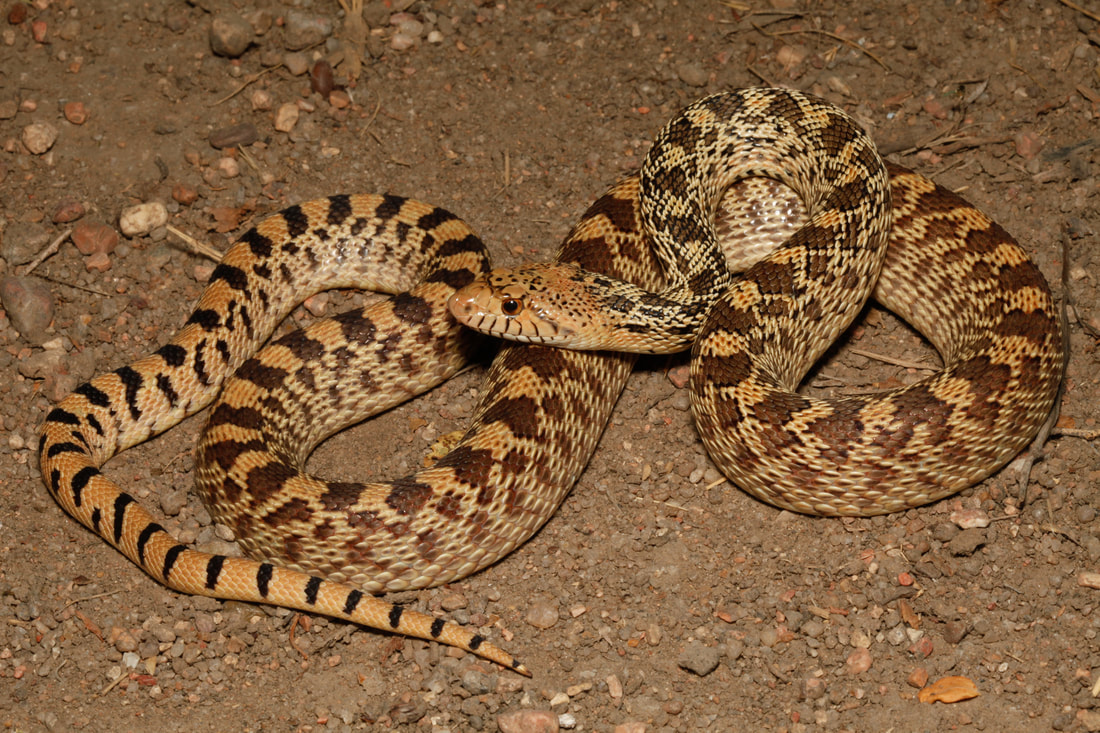
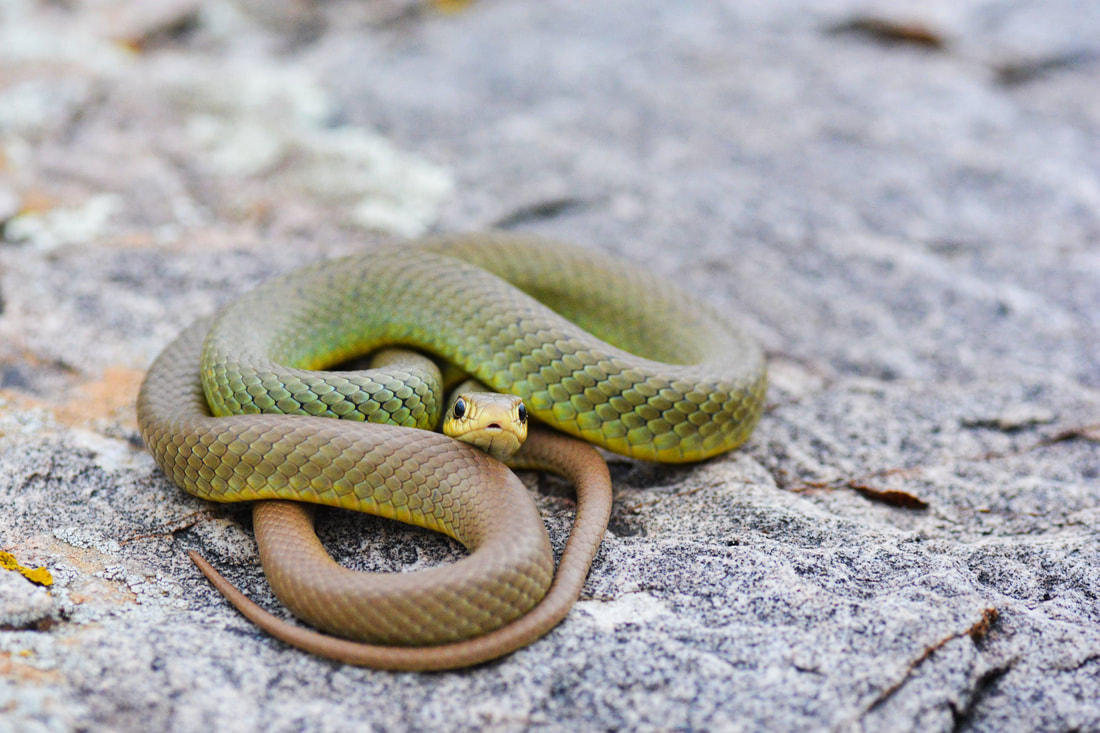
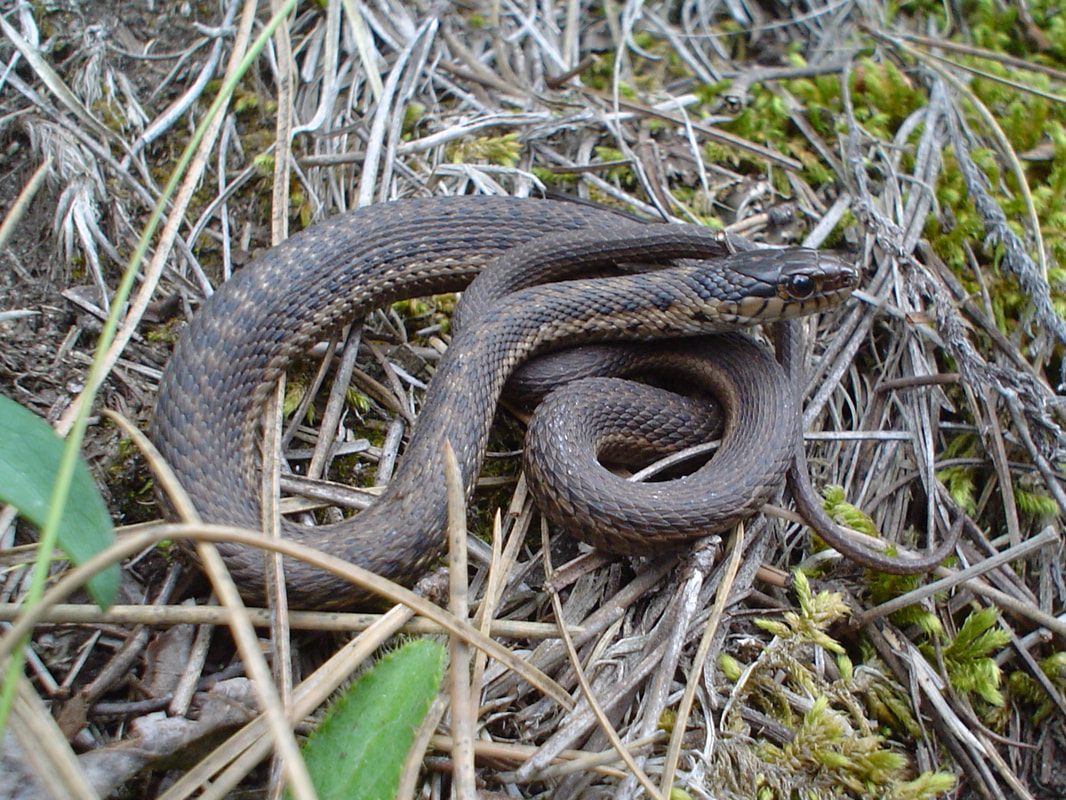
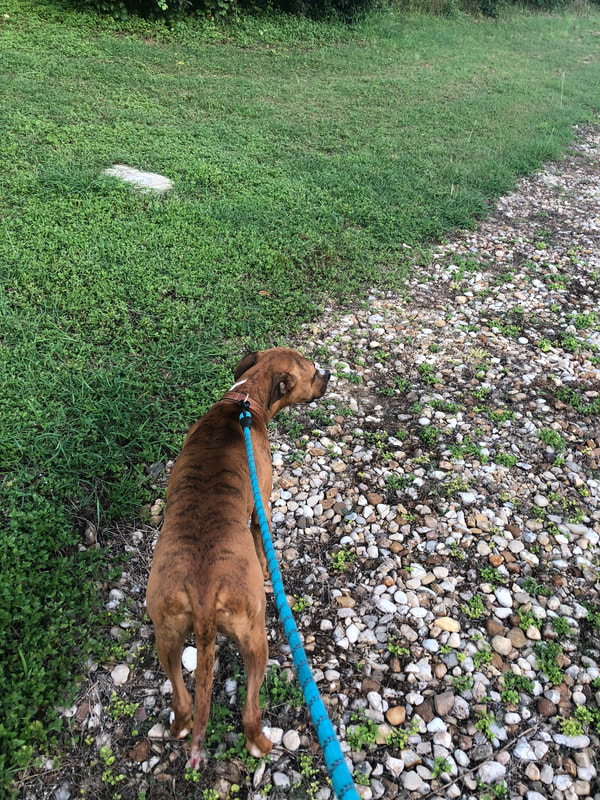
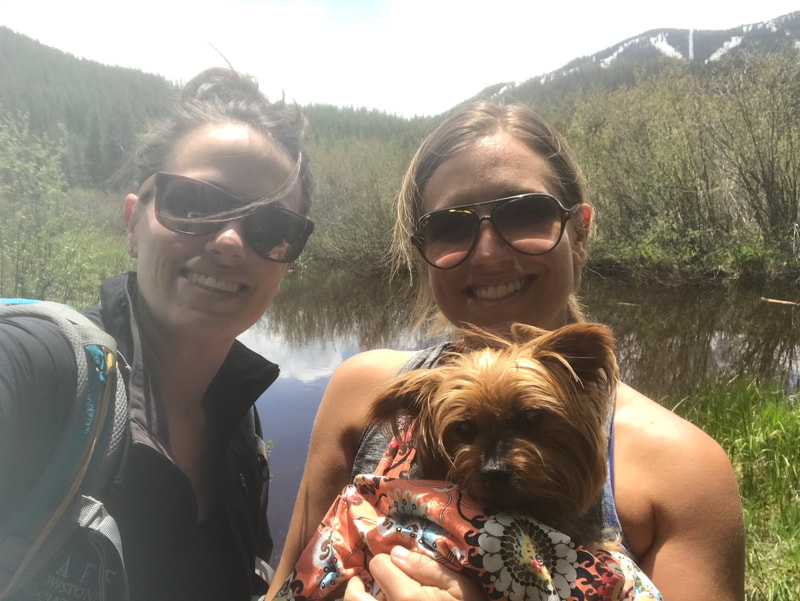
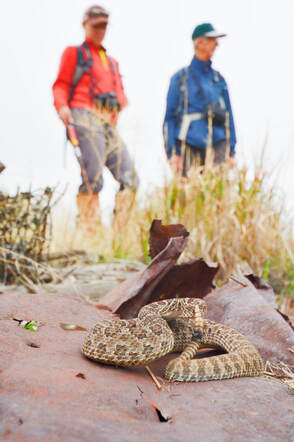
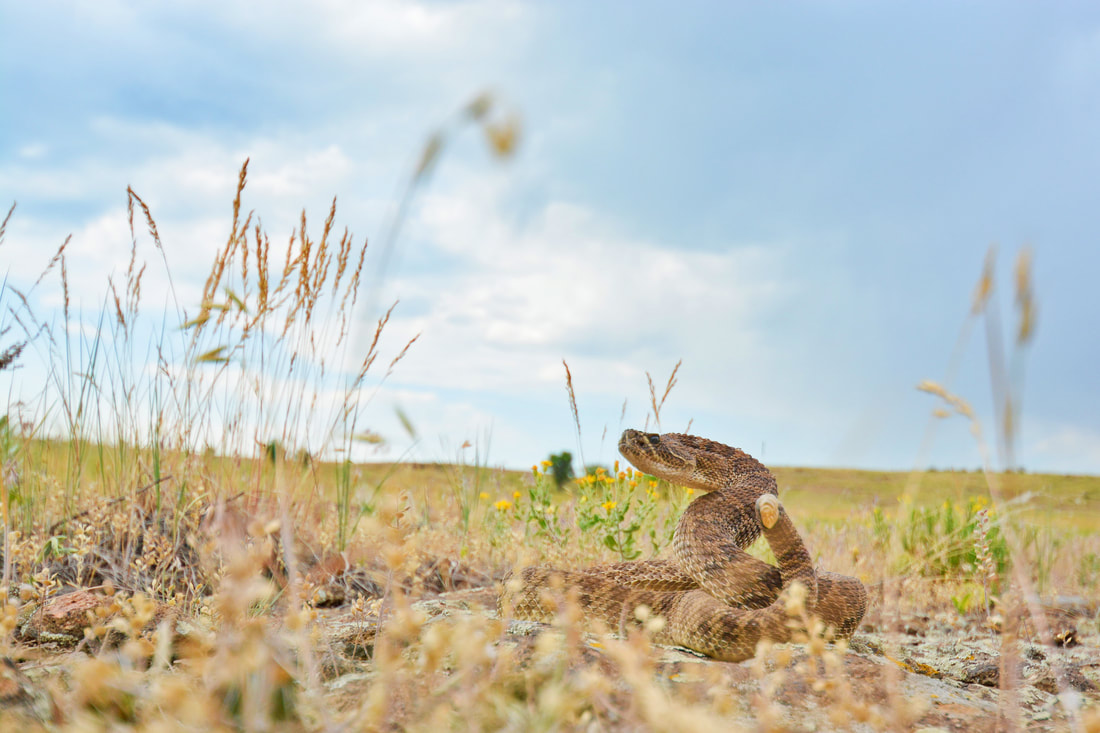
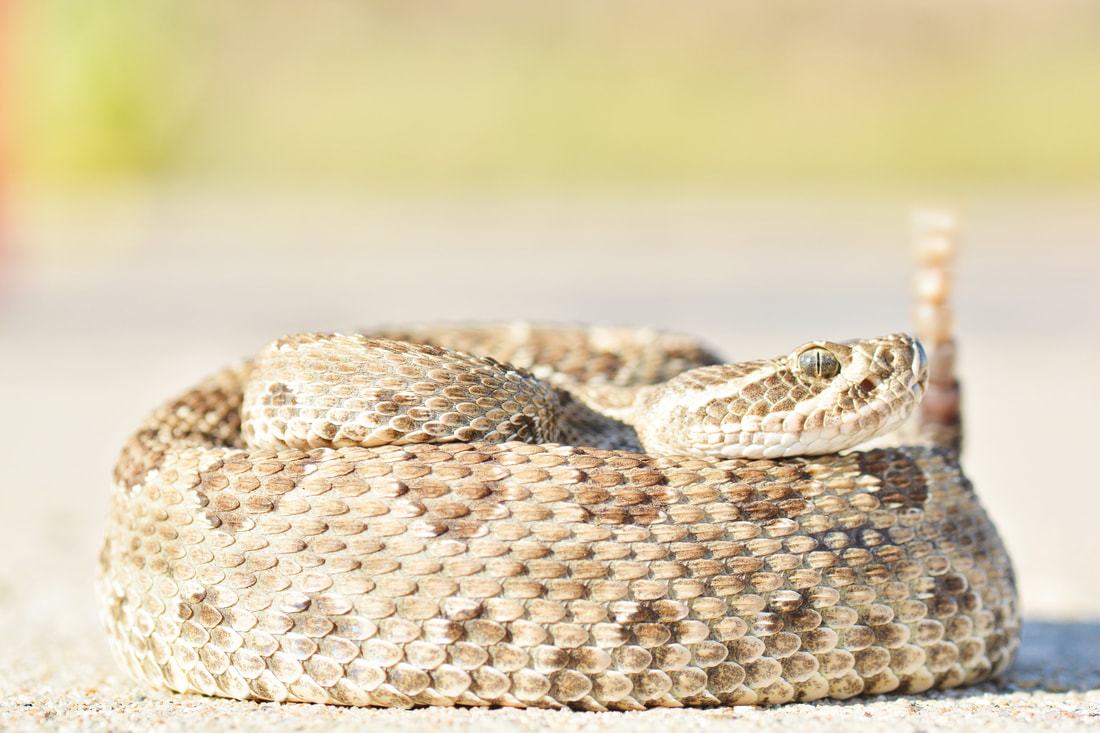
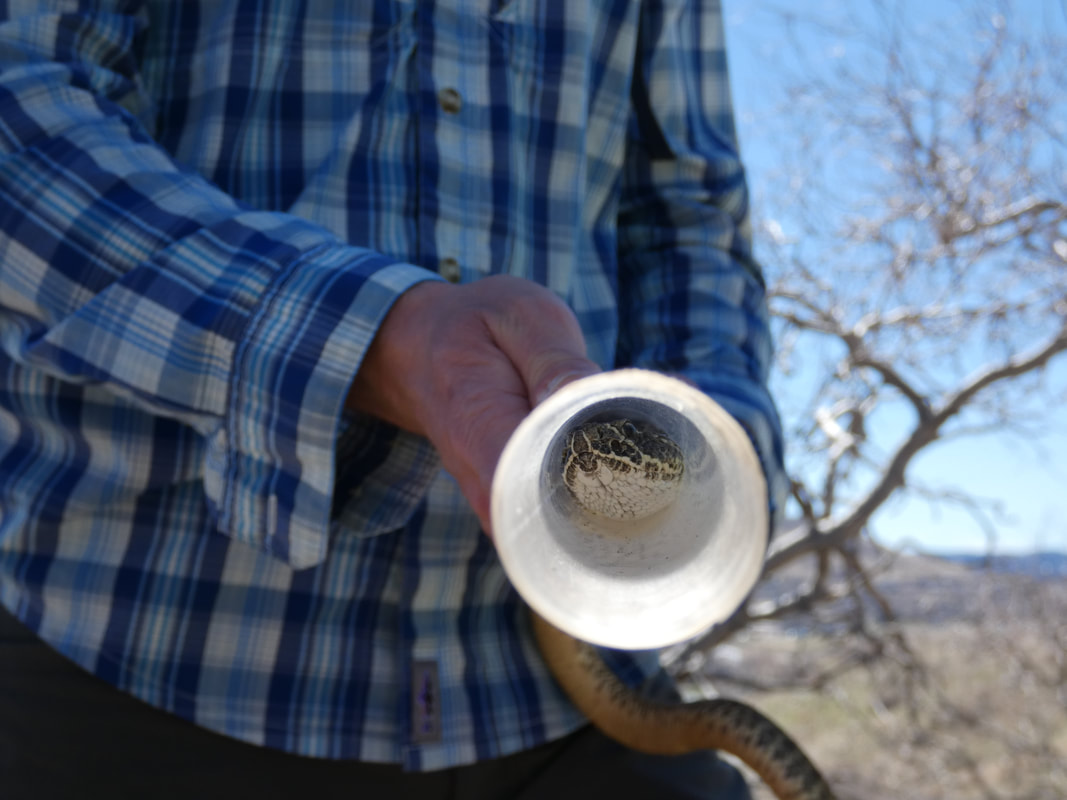
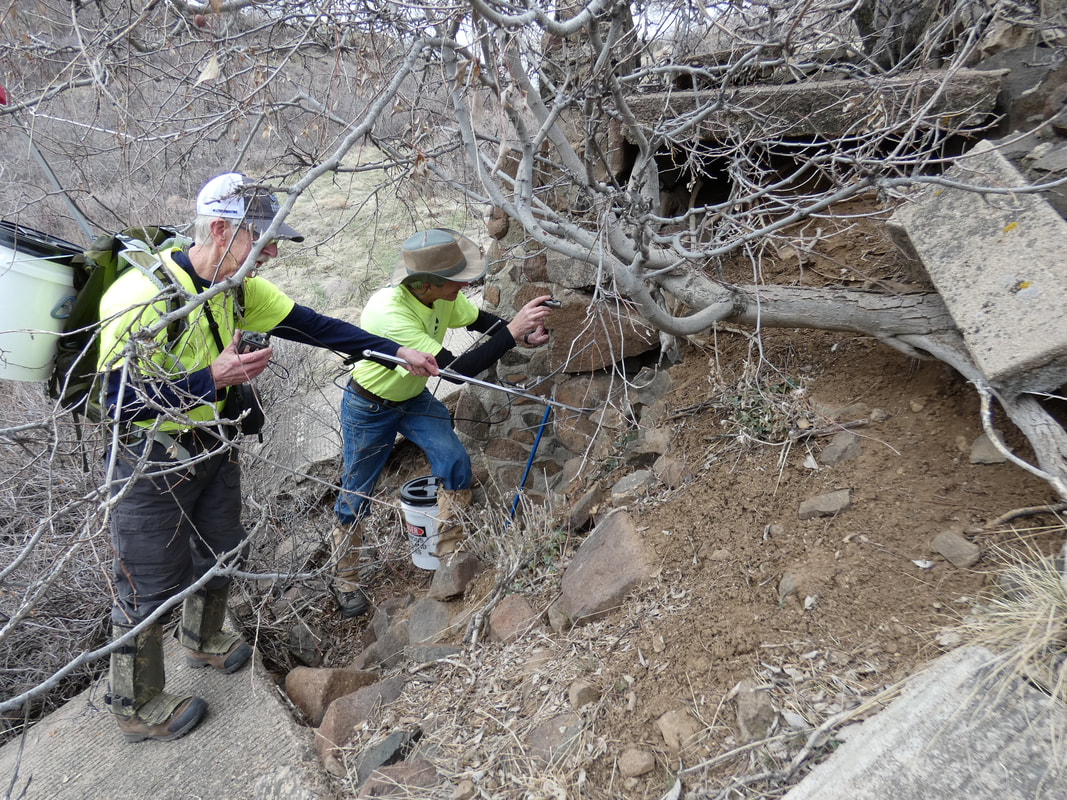
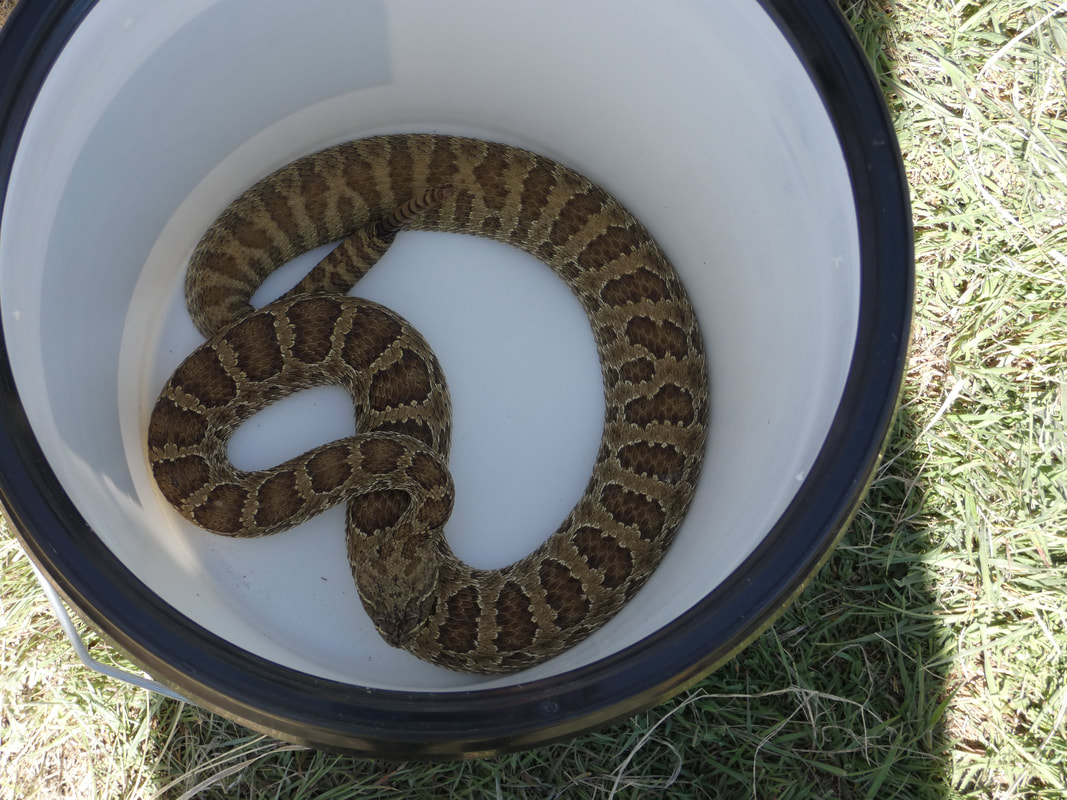
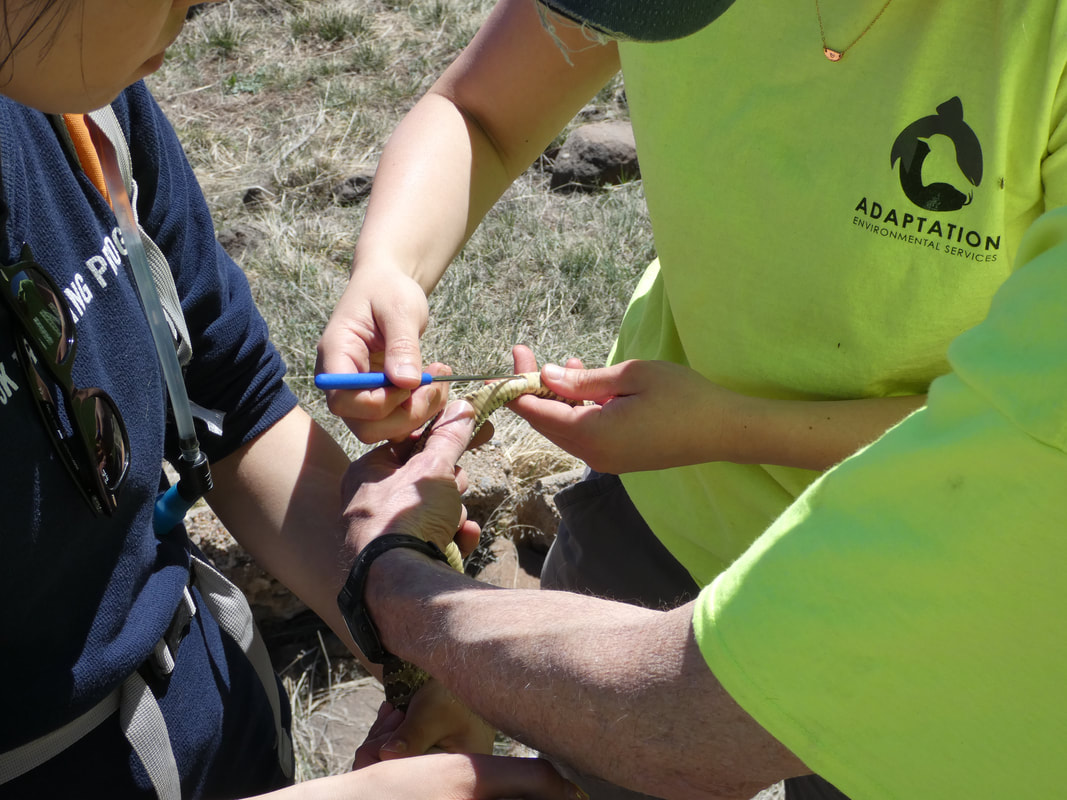
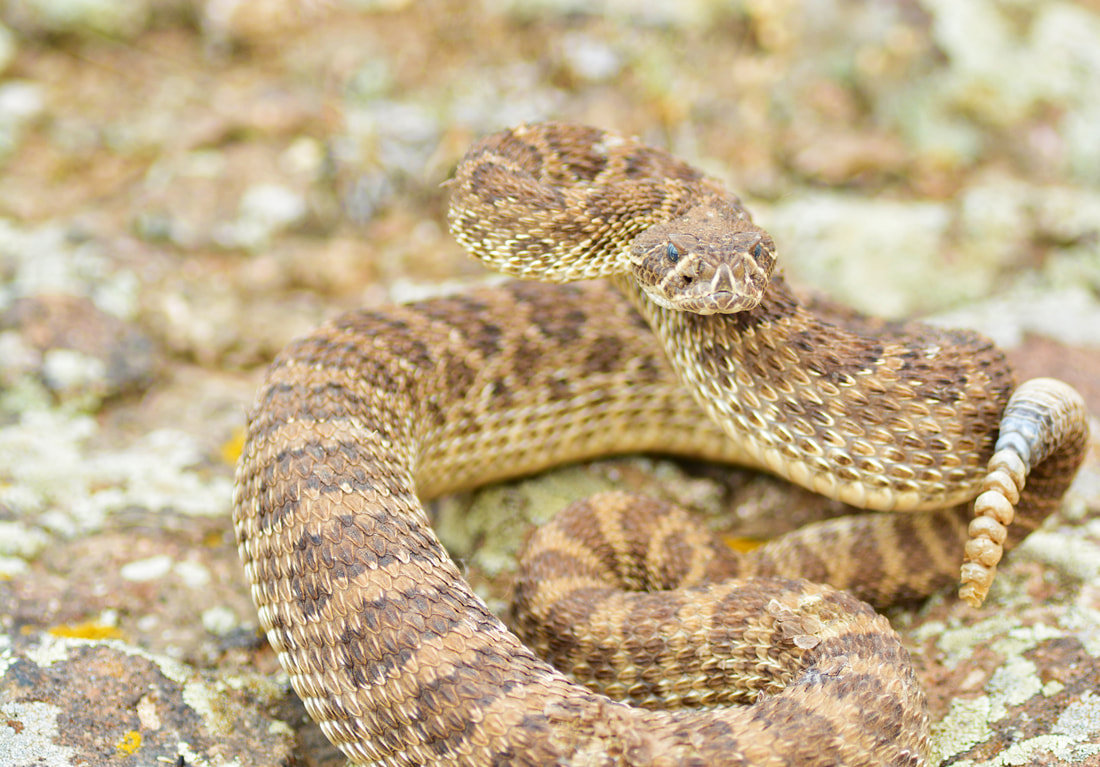
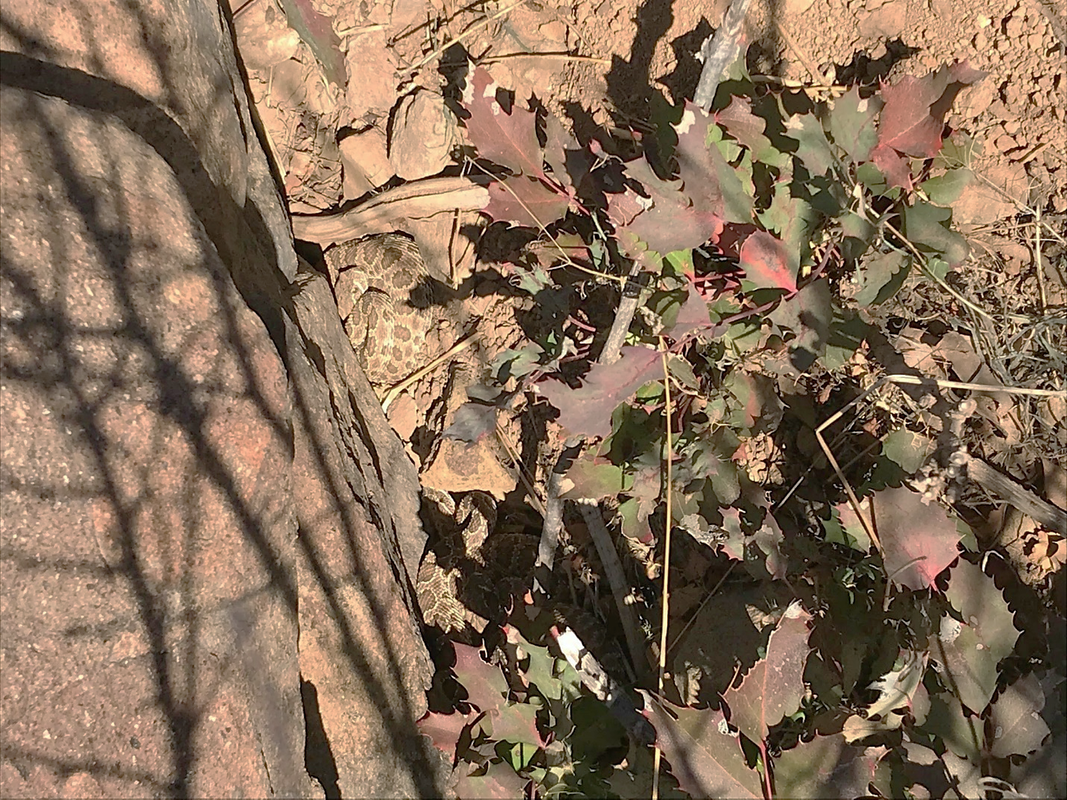
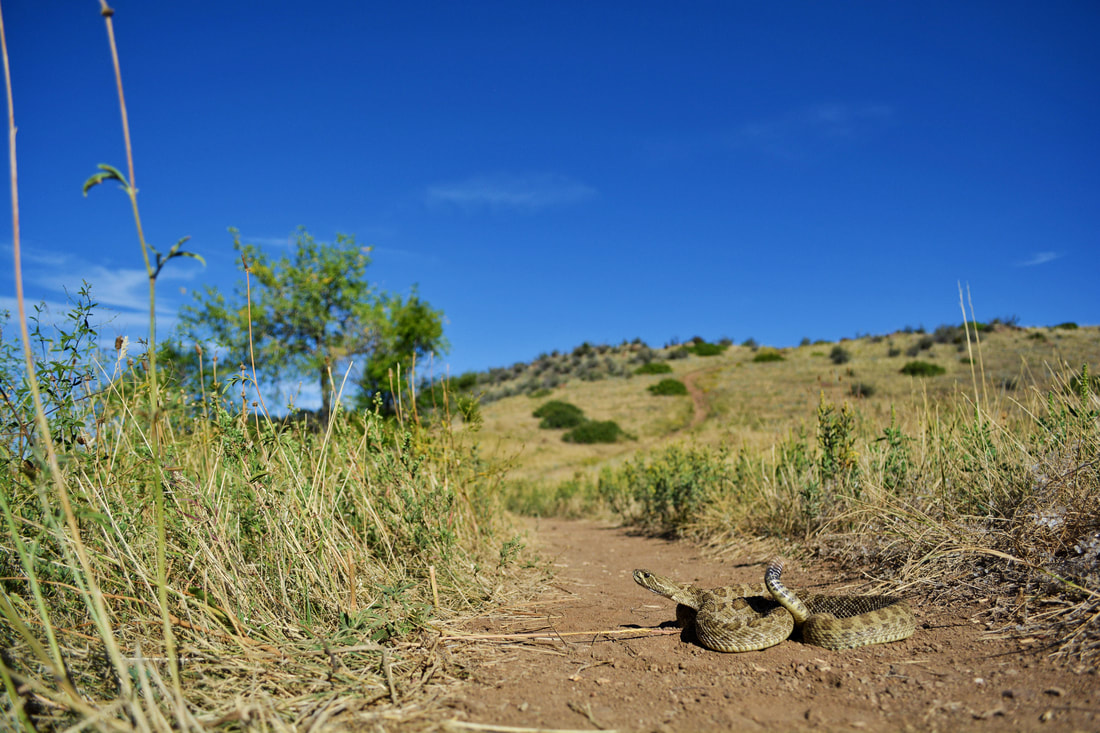
 RSS Feed
RSS Feed